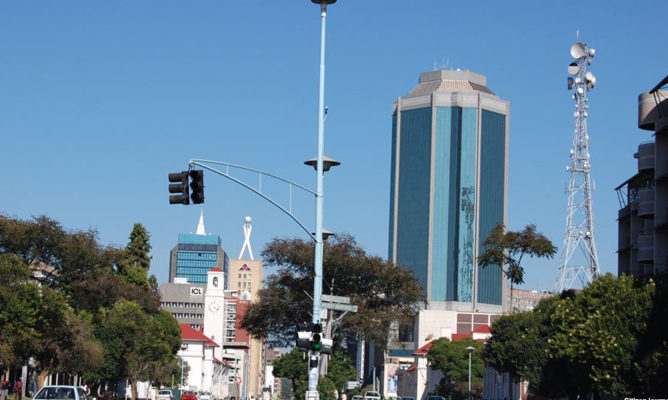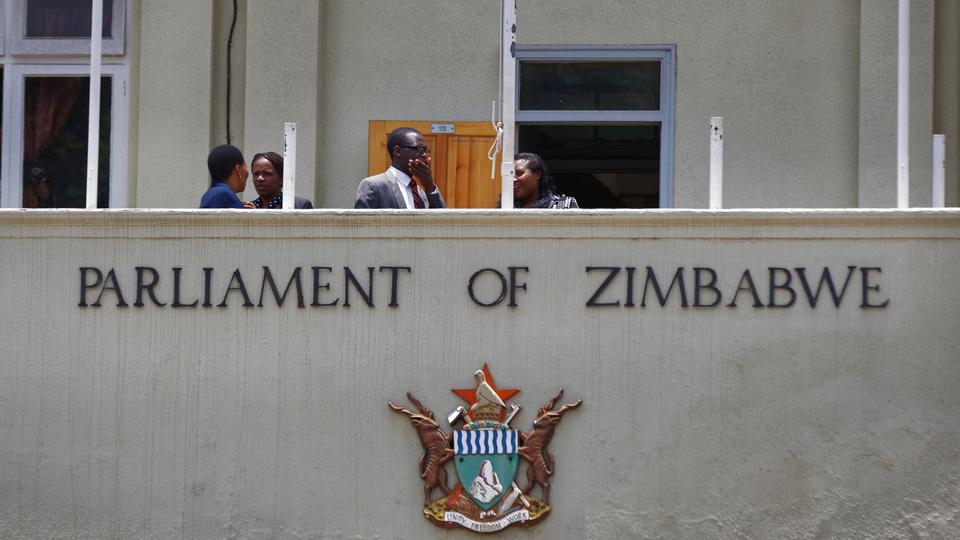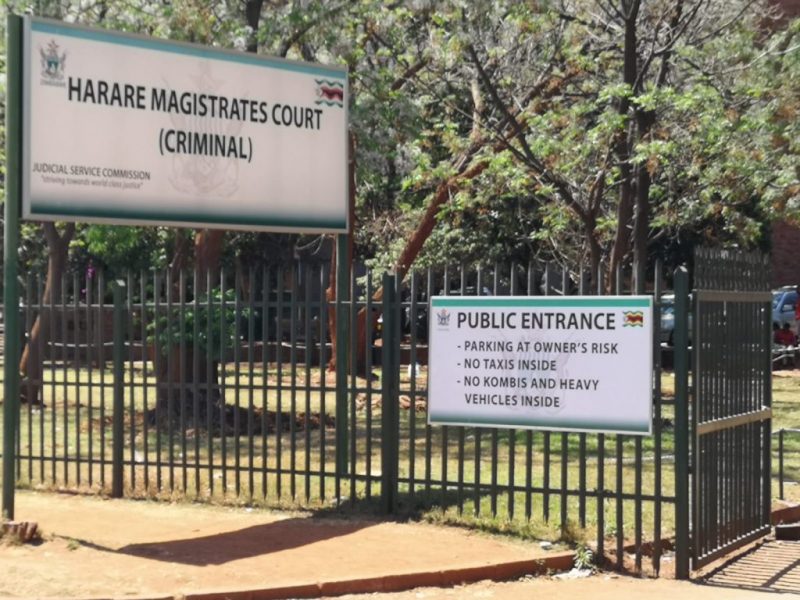
BY Business Editor
ZIMBABWE’S annual inflation rate for the month of April shot to 75,86%, up nine percentage points on the March rate of 66,8% as the country fails to tame price increases.
Last month the statistics agency, Zimstat, adopted a new matrix to calculate the consumer price index, but going by the old base, the inflation rate for April would have been 175,326%.
However, in a country where trust in official data is slim, the figures remain disputed with scholars suggesting that the country’s inflation is now in the region of 200%.
On a month-on-month basis the inflation rate in April 2019 was 5,52% up from 4,38% in March 2019.
“The month-on-month food and non-alcoholic beverages inflation rate stood at 7,85% in April 2019, gaining 2,75% points on the March 2019 rate of 5,10%. The month-on-month non-food inflation rate stood at 4,45%, gaining 0,40 percentage points on the March 2019 rate of 4,05%,” Zimstat said in an update.
An ever-intensifying shortage of foreign currency and a weakening local currency has seen retailers in the country peg prices in line with parallel market rates.
Authorities, however, maintain that by year-end the inflation rate will have been managed within a preferable range of less than 15%.
- Chamisa under fire over US$120K donation
- Mavhunga puts DeMbare into Chibuku quarterfinals
- Pension funds bet on Cabora Bassa oilfields
- Councils defy govt fire tender directive
Keep Reading
But prospects of achieving that remain highly unlikely as the economy, characterised by acute shortages of fuel and electricity, shows little signs of recovery.
The International Monetary Fund revised downwards its initial growth projection of at least 4,2% for Zimbabwe warning that the economy will probably contract by as much as 5,2% and slide into recession.
In 2008, Zimbabwe’s inflation reached 500 billion percent, rendering the local currency worthless and eroding savings and pensions useless.
The country went on to adapt a basket of currencies, among them the South African rand, Botswana pula, British sterling pound and the United States dollar in a bid to bring stability to the economy.
What followed was a sustained period of negative inflation, with the country eventually slipping out of deflation in February 2017.
The latest bout of inflationary pressures, however, is raising fears of a return to the dreaded hyperinflationary era, but fiscal authorities in Harare are playing down the recent surge in prices, suggesting that there are temporaryshocks.











